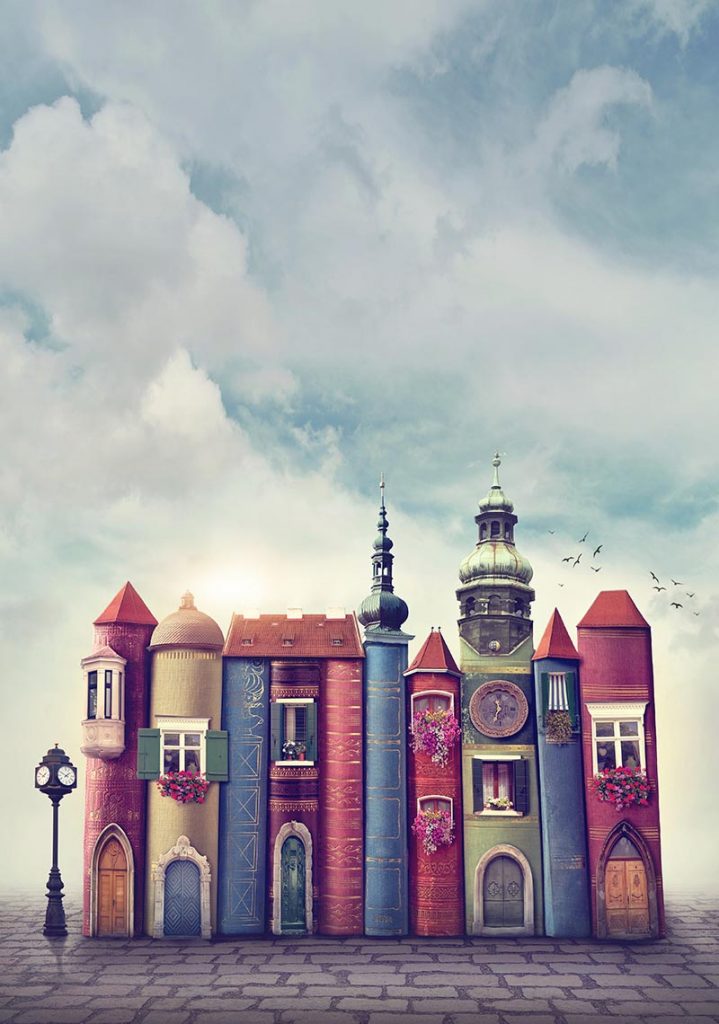 From my early beginnings as a young introvert, the public library has always been a bit of a refuge. Years later, not much has changed, albeit with an additional affinity for endless hours spent scouring second-hand bookstores to add to my ever-growing “to-read” pile.
From my early beginnings as a young introvert, the public library has always been a bit of a refuge. Years later, not much has changed, albeit with an additional affinity for endless hours spent scouring second-hand bookstores to add to my ever-growing “to-read” pile.
From one bookworm to another, this column underscores and outlines various literary genres, authors, and recent reads and serves as an introduction for those unfamiliar with these works, as a refresher for long-time aficionados, and maybe as an inspiration for readers to share their own suggested topics. Do you have a topic that you would like covered in this column? Feel free to contact me for an interview and a feature in an upcoming column.
Who
This week, instead of focusing on a literary theme, author, or time period, this column focuses on something that many students, in many parts of Canada and the world, are currently experiencing, namely the approach of colder weather and the winter season. Grab a blanket and some hot tea, and get ready to enjoy these icy texts.
Examples of notable authors who wrote about the winter season include Varlam Shalamov, Nikolai Gogol, Waubgeshig Rice, and Charles Dickens.
What
Some examples of wintery texts include Kolyma Tales by Varlam Shalamov, The Overcoat by Nikolai Gogol, Moon of the Crusted Snow by Waubgeshig Rice, and A Christmas Carol by Charles Dickens.
Where
These texts take place in northern Ontario, Great Britain, Imperial Russia, and the former USSR.
When
These works are a mix of different historical time periods, written in the 19, 20, and 21-centuries.
Why
These sweater-weather, winter-focused texts may be of interest to AU students currently spending more time indoors due to cold weather, as well as those who enjoy stories of survival in harsh elements.
How
AU’s wide range of diverse courses make it easy to study this topic in depth. Courses related to Winter Literature are available in a variety of disciplines, including one’s that may fit into your Degree Works. (Always check with an AU counsellor to see if these particular courses fulfill your personal graduation requirements!)
AU students interested in learning more about this topic may enroll in ENGL 460: The Ecological Imagination, a senior-level, three-credit course, which “investigates the links among literature, culture, and the environment, asking students to consider the role of cultural and literary analysis in the face of climate crisis and ecological complexity.” (Please note that this course requires several prerequisites, including ENGL 211: Prose Forms and ENGL 212: Poetry and Plays. An intermediate-level ENGL course is also highly recommended.)
Students interested in writing their own winter-themed poems, short stories, or novels, may choose to enroll in ENGL 381: Creative Writing in Prose, a senior-level, three-credit course, which focuses on “your work and its development.” (Prerequisites include ENGL 211 and ENGL 212, professor permission, and a B-grade in ENGL 353: Intermediate Composition.)
For those considering a more non-fiction approach, consider ENGL 384: Writing Creative Non-Fiction, a senior-level, three-credit course, which “offers students the opportunity to write creative non-fiction and receive feedback on their writing.” (Similarly to the abovementioned courses, prerequisites include ENGL 211 and ENGL 212, and professor permission.) Happy reading!
